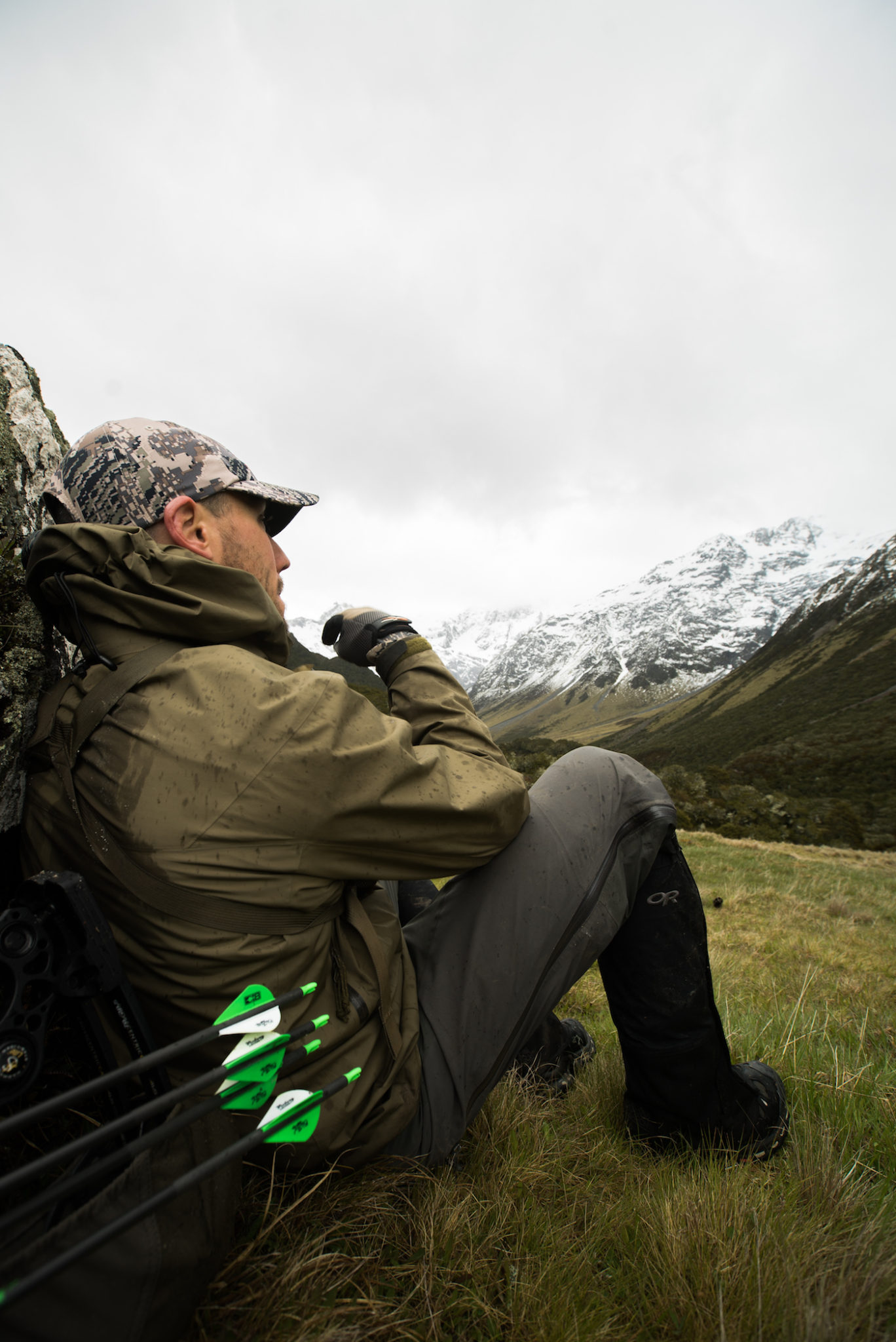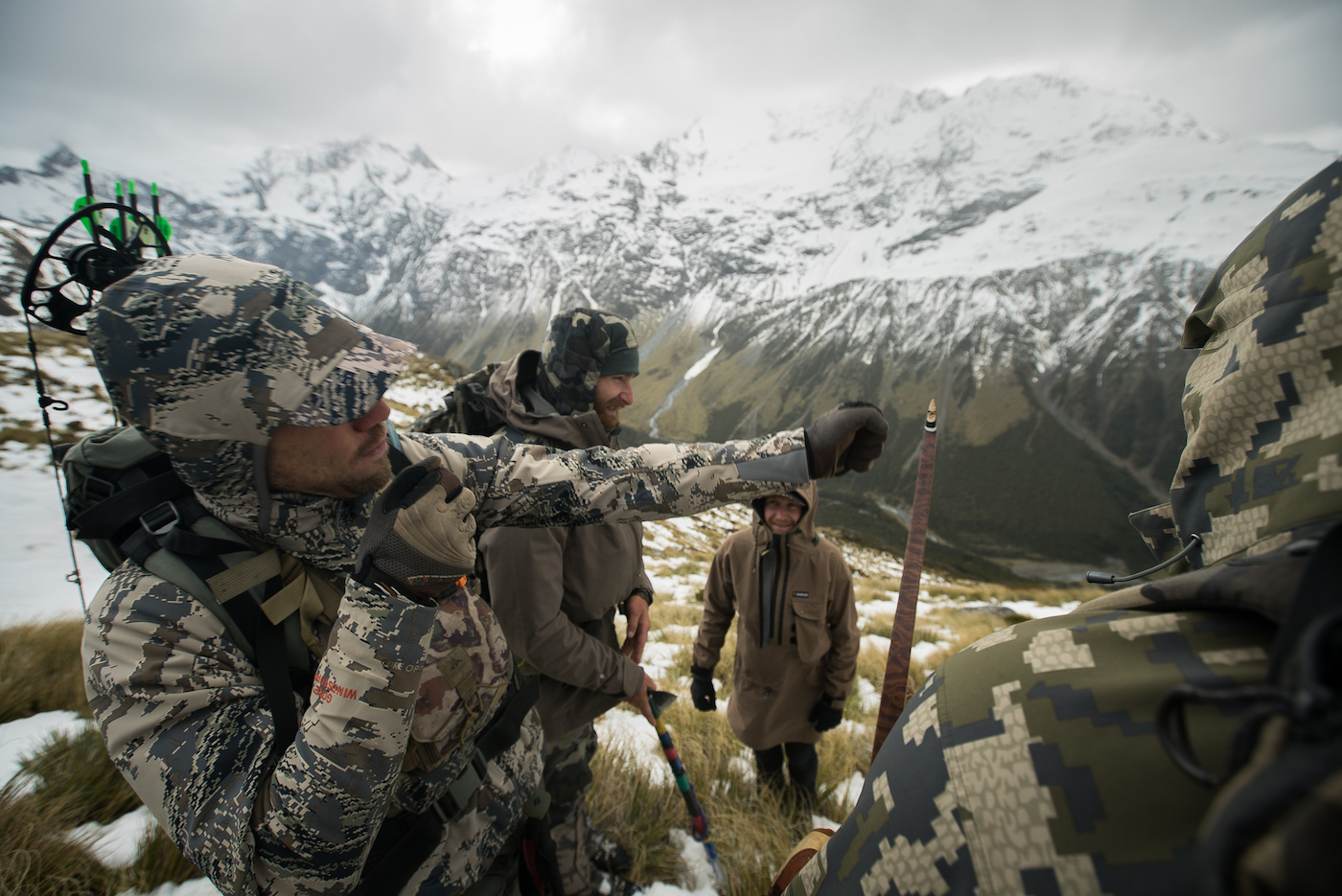All Photos Credit Talus Creative
In this second installment of mistakes and lessons learned while mountain hunting, I am going to cover three more topics that have served to increase both my success, and most importantly enjoyment, while in the mountains. Let’s start right from the beginning. After putting in the time on foot (hopefully), checking Google Earth, and scanning maps, you have finally decided on a location you feel will provide a solid adventure and potentially a chance at your chosen mountain species. Thinking it over in your mind, you have a good feeling about your plan, and as each day passes leading up to your departure you just can’t help but get more and more excited. But have you accounted for every possible factor?
Five years ago, my dad and I decided to go hunt bighorn sheep in the southeastern part of British Columbia, an area known as the Kootenays. We lacked an opportunity that year to make the 15-hour drive south to do any scouting on foot, so we leaned on Google Earth to show us the layout of the mountains and valleys we wanted to hunt. Everything seemed perfect. We went over our route again and again, which we knew would lead us to unbelievable Rocky Mountain bighorn country.
We woke up first thing in the morning, ate breakfast, and away we went. After two hours of hiking thru the timber, we ran into two nice rams 40 yards in front of us coming up a shallow creek drainage. Unfortunately I had a couple tree branches in my shooting lane and was unable to let an arrow fly. Never having shot a big game animal with a rifle in my life, this kind of stuff happens to me all the time; it just feels normal. It was an exciting moment regardless and it gave us the confidence and satisfying feeling that we did indeed pick the right place to hunt.
Little did we know, multiple groups of hunters had their eyes on the same area. The following morning a lucky hunter shot that full-curl bighorn we nearly had a chance at two hours into the hunt on day one. This is where my lesson learned comes in.
As my dad and I, along with several other hunters, were working our way through that country, the hunter that ended up shooting the ram remained down low in the valley glassing up to where the sheep were. As it turned out, all of the movement and noise around the rams caused them to disappear into the thicker brush along the middle section of the mountain and head south, away from us.
At that point, the guy that was glassing from below saw the movement, headed down to his truck, and drove a few miles back down the mountain road in the direction the rams were headed. He managed to set himself up on a sheep trail where he just needed to wait for the legal ram to make his way over, and the rest was history.
Since that trip, whenever I now look at a map and come up with my plan, I attempt to consider where other hunters are most likely to be, and I do my best to find a way to get to a spot away from other activity. Instead of going where the animals are, I try to figure out where they are going to be once the season is under way, and as the animals get pressured around the mountain I hope to run into the ones that get pushed out by other hunters. Of course the best scenario would be having the mountain to oneself, but sometimes that’s not an option.
I used to have a map of the specific area that I was going to be hunting with only one route labeled that I would plan to cover and complete during the duration of my outing. Now however, my maps consist of a plan A, B, and C, and most are what I would consider to be other hunters’ second or third choices. Looking back on it now, many hunts have ended with success having to switch to plan B or C. Don’t get discouraged if you see someone else hunting “your” spot. Have a couple backup plans mapped out and routes that will get you into the mountains away from the madness. Be patient and do your best to anticipate where the animals will end up after a few days of pressure; this approach has worked very well for me in recent years.
* * *
The moment you’ve been hoping for before the trip even began is here! You’ve been searching for rams for days and have finally found a respectable shooter 200 yards away. The wind is perfect, the sun’s behind you, and everything is set in your favour. You sneak along the loose rocks, trying your hardest to not make any of them roll or slide down the steep mountainside, doing everything you can to keep your presence undercover. Now you’re around 100 yards away from the ram and your heart is racing. Time to assess the situation: What do you do next? When should you be patient and wait, and when is the right time to move closer?
This automatically brings me back to thinking of my first few failed stalks on sheep. Many, many lessons learned here! I truly believe that most of my failed stalks were due to me being overly nervous or excited. I’d try to move too quickly and close the gap between myself and a ram and make too much noise, or I’d nock an arrow for the final few yards only to have the arrow smack against my metal bow sight, spooking rams and having them run away. (Since then I stick a little felt pad on the bottom of my housing to kill noise from arrow contact while I have an arrow nocked.) I’d be hiding behind a rock trying to range sheep or goats with the rangefinder and then get spotted. The list goes on and on. After a bunch of failed stalks over a couple years of mountain hunting, I knew I had to change something.
What has helped me the most is simply keeping calm and relaxed on my stalks. I take my time, trying my hardest to not get overly excited; it’s easier said than done, but I now know that’s what I must do to stack the odds in my favour. Of course animals have incredible senses but I noticed that if I stay calm and keep my heart rate down, the animals are more relaxed as well. Even if they do see me, I’ve walked to within 40-50 yards of billies and rams in wide open terrain numerous times and could have cut my tag. If it’s getting to a last resort situation on one of your hunts, maybe down to a day or two of hunting for the trip or a last light situation where you have to make something happen before the animals take off, move slowly towards the animals, let them see you, stay relaxed and I think you’ll be surprised how close you can get. This method seems to work the best if you are below the animals and 100+ yards away.
My third mistake and lesson learned comes from not being mentally tough enough, as much as I hate to admit that! This is something that, over many years of mountain hunting, has become my strongest attribute and has allowed me to push myself further and harder than I ever imagined. It’s not that I used to be lazy when it came to mountain hunting; rather, I would give what I thought was my all, but it turned out I had to go that extra ten percent to push myself even further. It’s really easy to talk yourself out of doing something hard. Whether it’s climbing one more extra ridge on a mountain to look down into an alpine bowl, or get up before first light for a few more days while running on little sleep. Whatever the hard thing may be that you encounter on a backcountry hunt, you have to just do it. Talk yourself into it; convince yourself that the effort you put in will eventually reward you further down the road in your hunting adventure. There are countless factors we can’t control on a hunt, but don’t let weak mental states stop you from achieving your hunting goals. If you don’t do the extra work or put in the extra effort that will be needed more times than not, it will make you regret it once the hunt is over and all you’re left with is tag soup—wondering what could have been if you only would have climbed to the top of the next mountain.
At the end of the hunt itself, after exploring new wild places and enjoying a great adventure, regardless if a tag had been cut or not, you will reflect on each decision. Don’t do something you will regret later, maybe for years to come. Mental toughness allows you to see the bright side in tough situations, and that just makes the backcountry adventure, and memory, that much sweeter.
Here are three more tips I wish I had known much earlier in my hunting career. Account for anticipated hunting pressure, remain calm under pressure, and work to increase your grit factor. These have helped me be more successful, and I hope they will do the same for you.
MOUNTAIN ARCHER IS BROUGHT TO YOU BY MATHEWS INC.



